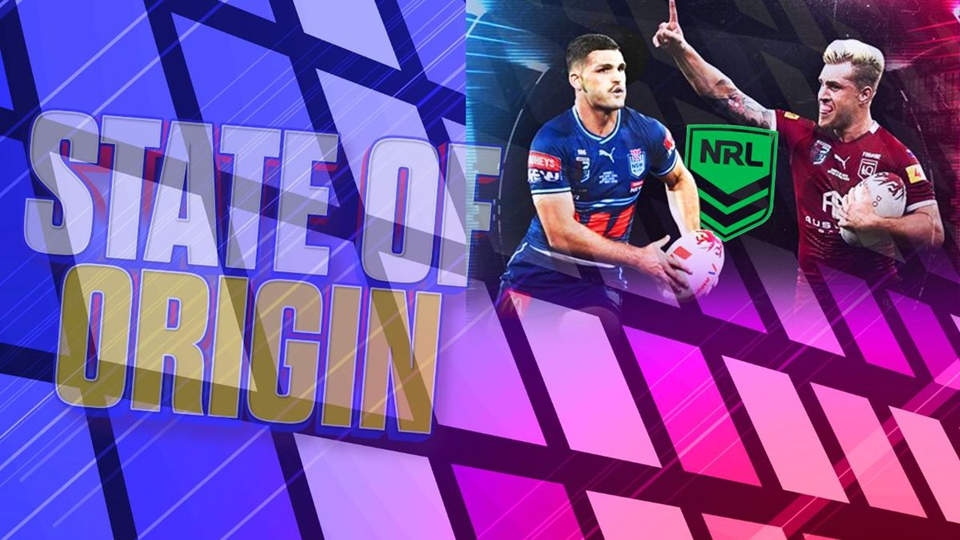The Harlem Renaissance unfurled as a resplendent tapestry of African American ingenuity, wherein music, artistry, and literature flourished—yet equally compelling were the myriad spirited games and recreations that stitched the community into a vibrant collective. During this incandescent cultural flowering, spanning the 1910s through the mid-1930s, leisure activities wielded immense power: nurturing fellowship, sharpening intellects, and conjuring exuberant entertainment. Let us embark on an odyssey through the gamescapes of this singular epoch, unearthing traditions that mirrored—and moulded—the fervent spirit of the era.
Card Games: The Pulse of Harlem’s Social Mosaic
In the dim-lit parlours and clandestine speakeasies of Harlem, card games reigned supreme as the lifeblood of social communion.
Bid Whist, a spirited evolution of the venerable Whist, captivated gatherings with its intricate bidding rituals and symphonic teamwork—an allegory of the community’s indomitable solidarity. Alongside it, Spades and Poker flourished, oscillating between casual merriment and high-stakes wagering, often within the velvet shadows of underground establishments.
These were not mere diversions; they became theatres for storytelling, arenas for spirited debate, and citadels of subtle defiance, wherein African Americans sculpted spaces of autonomy and wit under a veiled sky.
Board Games: Chessboards and Checkered Battlefields
Chess and Checkers etched their dominion across Harlem’s intellectual salons and sun-drenched public squares.
Chess, especially, earned sanctified reverence among the erudite and artistic, emblematic of profound strategy and cerebral tenacity—qualities held aloft during the Renaissance’s cerebral ascension.
Public gardens and communal halls routinely bore witness to enthralling chess duels, where figures like the young savant Frank Marshall kindled aspirations among spectators. Checkers, though humbler in its tactical demands, maintained its stature as a beloved pastime, with boards carved into sidewalks or tables cobbled together from scant resources.
Sports and Physical Prowess: Manifesting Aspirations Through Athletics
Athleticism surged as an exultant testament to prowess and communal ambition during this transformative era.
The Negro Leagues and Baseball’s Revered Symphony
Baseball, harmonizing perfectly with the era’s rising tides, found its zenith in the Negro Leagues. Teams such as the New York Lincoln Giants mesmerized onlookers, dismantling racial barricades with breathtaking talent. Ballgames transcended mere competition; they morphed into jubilant carnivals of pride and kinship, drawing throngs of enchanted spectators.
Basketball: Crafting Legends on Wooden Courts
The 1920s saw basketball ascend from Harlem’s heart, embodied by the trailblazing New York Renaissance, affectionately crowned the “Rens.” Their meteoric exploits mirrored the ingenuity and unyielding resolve woven into the Renaissance’s very fabric.
Street Games: Improvisational Arenas of Youthful Vigor
Meanwhile, Harlem’s bustling avenues echoed with the laughter of children engrossed in stickball, double Dutch, and the evergreen kick the can. These organic games, demanding little more than wit and inventiveness, crystallized community spirit and joyous resilience amid the concrete sprawl.
Parlor Diversions and the Symphonic Dancefloor
Inside Harlem’s pulsing domiciles, parlor games such as charades, sketch-and-guess amusements, and collaborative storytelling flourished, often segueing into riotous music and dance interludes.
Dance, during this period, transcended recreation—it became kinetic poetry. Hallowed venues like the Savoy Ballroom erupted nightly into frenetic competitions, where Lindy Hop acrobatics and Charleston twirls birthed spectacles of communal catharsis. Each dance-off resonated as both a jubilant duel and an artistic manifesto.
Dominoes and Dice: The Alchemy of Quickfire Gambits
With roots tracing to African and Caribbean shores, Dominoes claimed a sacred foothold among Harlem’s pastimes. Tables within cafés and sidewalks alike buzzed with the clatter of tiles, while dice games such as Cee-lo infused the air with the rollicking spirit of high-stakes fortune and streetwise savvy. These quickfire games demanded agile minds and offered raucous entertainment amidst the cacophony of daily life.
Musical and Verbal Jousts: Arenas of Inventive Brilliance
Competitions among musicians and wordsmiths lit up Harlem’s nightlife like wildfire.
“Cutting contests,” the gladiatorial duels of jazz improvisation, pitted virtuoso against virtuoso, demanding audacious creativity and sonic stamina.
Simultaneously, poetry slams and spoken word bouts tested the rhetorical arsenal and imaginative prowess of Harlem’s literary vanguard, with victors earning not just acclaim but an indelible mark upon the cultural ledger.
An Enduring Testament: Games as Cultural Keystone
The amusements of the Harlem Renaissance were far from idle pursuits; they were potent vehicles of resilience, innovation, and communal soulcraft. Whether through the strategic manoeuvres of Bid Whist, the crack of a stickball bat, or the whirlwind of a Lindy Hop spin, these games embodied declarations of existence, liberation, and untamed creativity.
Even now, these traditions endure, whispering through time as living relics of an era that irreversibly reimagined the American cultural landscape. They are vivid reminders that the spirit of play is an invincible assertion of life itself.
Also Read: Video Game Name Generator Guide for Gamers & Developers



